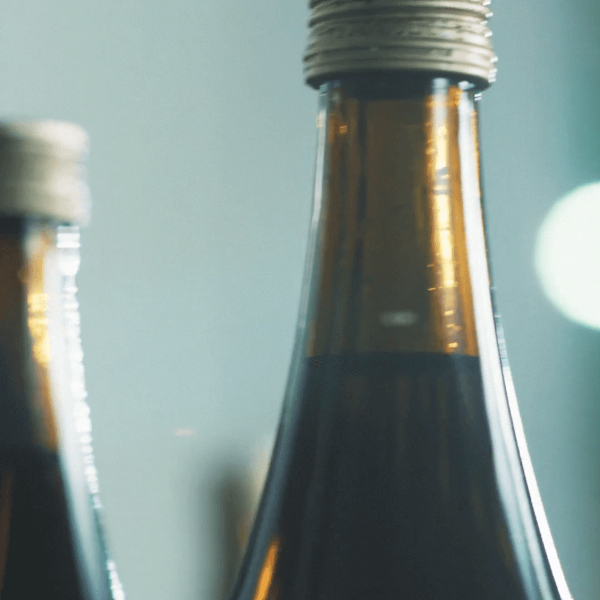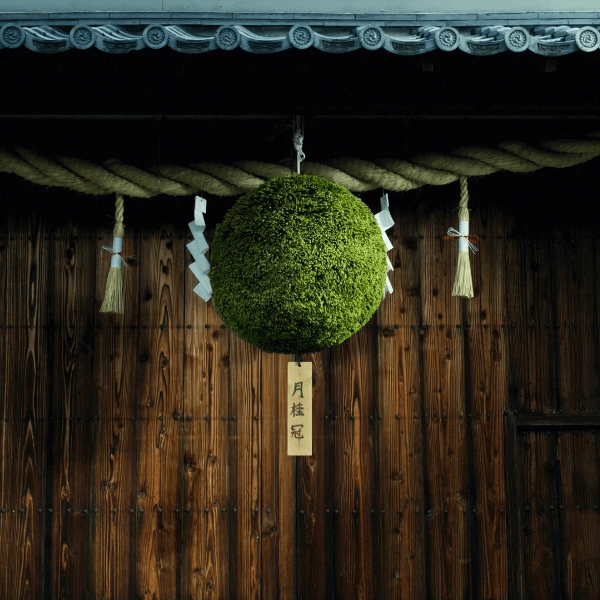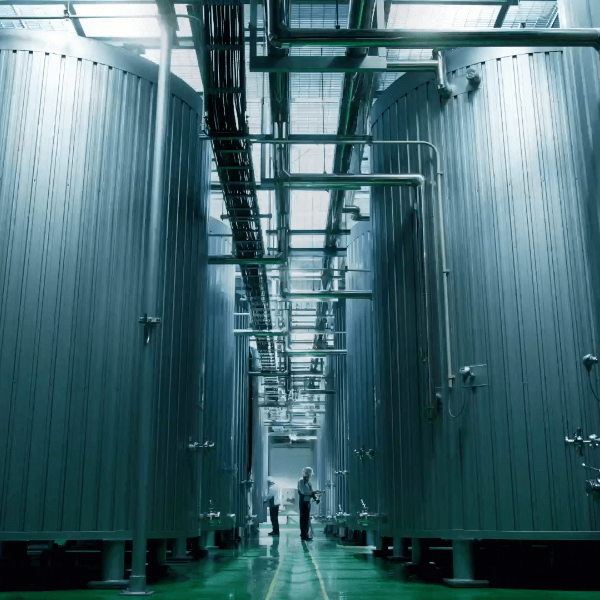Footsteps of Christians Left in Fushimi, Kyoto
Religious spread, persecution, and martyrdom
After Toyotomi Hideyoshi built Fushimi Castle in 1592, the Christian faith spread in Fushimi, which had become the political center of the country, but this was followed by persecution and martyrdom, which soon spread to the rest of the country, as Professor Emeritus Mitsumata Shunji of Kyoto Seibo College has noted. At Kyobashi, the heart of the post-station town and always busy with sanjukkokubune boats docking, and Kyo-machi, the main road leading into the capital, Kyoto, captured Christians were dragged around and left exposed to the public (as described in the 1615 and 1616 annual reports from the Society of Jesus). One block north of Fushimi Church (present-day Tango-cho, Fushimi-ku, Kyoto City) is a narrow road, “Ro-no-Zushi,” only wide enough for about one car to pass, that goes east-west from what is now Ryogae-machi to Shin-machi 3-chome in Fushimi-ku, Kyoto City. On the north side of that road was a prison where a large number of Christians were held. Going south down Doami-cho Road from in front of the Fushimi magistrate's court leads to the area where, from west of Kangetsu Bridge (formerly Bungo Bridge) on the north bank of the Uji River to around Yodogawa Bridge, Christians were martyred during the Tokugawa period.
The footprints of Christianity were supposed to have been thoroughly wiped out, but in Fushimi we can use the large number of streets and canals that survive from the days when it was a castle town to determine where these locations were, by comparing period documents and existing place-names.


A prison stood on the north (right) side of this road. While it is not labelled as a prison in the Fushimi castle town map, its location is shown by the thin pale lines. The level crossing where the railway crosses is still known as “Ro-no-Zushi” showing that this was the road to the prison.

In the Edo period, Christians were martyred in the area from the west of Kangetsu Bridge on the north bank of the Uji River to around the Yodogawa Bridge.

In central Kyoto, 52 Christians martyrs were burned to death in 1619. A commemorative stone was erected in July 1994 to denote the site (along the Kamo River; on the pavement-Kawabata Shomen agaru; Kagiya-cho, Higashiyama-ku, Kyoto City).
From castle town to post-station town and port
With the general prohibition on Christianity issued by the Tokugawa Shogunate in 1614, Takayama Ukon was expelled from Japan, and died in 1615 in Manila, in the Philippines, where he ended up living.
In 1624, Fushimi Castle was abandoned, so all the lords' mansions were torn down, and for a while the town dwindled, like a flame going out. However, as time went by, people and goods started flowing through the town again with the start of the “alternate attendance” system which required daimyo to live in Edo every other year. Fushimi began to flourish as a crossroads, and as the entrance to Kyoto, developing as a port and post-station town along the highway. Okura Jiemon moved from Kasagi in the south of what is now Kyoto Prefecture to Fushimi in 1637, 23 years after the prohibition on Christianity, and founded what would become Gekkeikan when he opened a brewery in front of the horse-borne shipping office (bashaku) in the Minamihama area, trading as Kasagiya. This was next door to the residence listed as belonging to “Takayama Ukon,” or Fushimi Jesuit Church, in the old map of the castle town from the days when Toyotomi Hideyoshi ruled. Kasagiya traded with travelers and locals as a small local sake brewery during the Edo period.
![Earthenware sake bottles with ”Fushimi” [left of photo] and “Kasagiya” [right of photo] written on them](images/sokuseki/p05.jpg)
Earthenware sake bottles with ”Fushimi” [left of photo] and “Kasagiya” [right of photo] written on them. Kasagiya was the name Gekkeikan traded under when it was first founded in 1637. These sake bottles were known as kayoi-tokkuri or kashi-tokkuri, loaned bottles, and used for selling by volume or for shipping samples to show the sake quality.
Records of “Southern Barbarian sake” in the Edo period ledgers
The oldest ledger that still exists in Gekkeikan dates back to 1718. In this record of business done by Kasagiya we can see an entry about “Southern Barbarian sake” (Namban-shu). This liquor was considered a famous local product of Kyoto at the time.
So what sort of drink was this Namban-shu? There are a number of theories, such as it being made by adding fruit or mirin to spirits that have been distilled from the sake lees created during the sake brewing process. Under Oda Nobunaga, Christian churches called “Nambanji” or “Southern Barbarian Temple” were built throughout Kyoto in 1576. The connection between Christianity and “Southern Barbarian sake” is unclear, but the name does suggest that there is a relation of some sort.

The oldest ledger currently remaining at Gekkeikan, dating to 1718. It shows how at the time many different types of sake were brewed, including new sake, vintage sake, blended sake, simmered sake, and Southern Barbarian sake.
Christian lanterns passed down through the generations
Minamihama in Fushimi was the entrance to Kyoto and always busy with travelers (this is the area from the current Gekkeikan head office, past the famous Teradaya Inn, out to around Kyobashi over the Hori River). The canal running east-west parallel with the old highway (now called Tateishi Road) had a beaching area opened up on the south side for boats to dock at, so the place was always busy with people coming and going. Here, a Christian lantern was passed down through the generations by the Fukui Genzaburo family, who ran the officially-appointed inn for traveling daimyo. A Christian lantern is a lantern of the shape devised by Furuta Oribe, who had learned the tea ceremony from the famous tea master Sen-no-Rikyu, and can been seen in many gardens, being one of the standard items for a teahouse. There are raised areas that look rather like crosses in the support post under the firebox, with figures that suggest Christ or Mary at the bottom of the post.
The roof and other parts of this lantern were repaired after being damaged in the Great Hanshin Earthquake in 1995, and passed on to Gekkeikan by the Fukui Genzaburo family. In an age when they were heavily suppressed, it is thought that believers would bury these lanterns so that the soil would cover most of the figures, and pray to them in secret. The fact that the mansion which operated as the inn for traveling daimyo also had one of these lanterns serves as a reminder of how the religion had managed to spread widely.

Minamihama in Fushimi, Kyoto. Looking from Kyobashi to Teradaya riverbank.


The Christian lantern housed in the garden to the south of the Exhibition Room II of the Gekkeikan Okura Sake Museum. It is 128 cm tall and the roof is 58 cm wide. On the bottom of the support post is a carved figure reminiscent of Mary.
[Major Reference Work]
- Mitsumata Shunji, “Fushimi Kirishitan Shiseki Kenkyu” (A Study of the Historic Sites of Fushimi Christians), Kyoto Seibo College Fushimi Studies Society, ed. Fushimi no Rekishi to Bunka (History and Culture of Fushimi) (Kyo/Fushimi Monographs Collection 1), Seibundo, 2003.
[References Related to Takayama Ukon]
- Ebisawa Arimichi, Takayama Ukon (Biography Monographs) [New Edition], Yoshikawa Kobunkan, 2009.
- Shimazaki Kenji, Kirishitan Daimyo Takayama Ukon no Ashiato o Aruku - Yukari no chi shashin-shu (Walking in the Footsteps of the Christian Daimyo Takayama Ukon: Photo album of places connected with him), Sangaku Publishing, 2014.
- Nakanishi Yuki, ed., Takayama Ukon Kirishitan Daimyo e no Shin Shiten (Christian Daimyo Takayama Ukon: A new perspective), Miyaobi Publishing, 2014.
- Hubert Cieslik, Takayama Ukon Shiwa (Historical Stories of Takayama Ukon), Seibo Bunko, 2012.
- Furusu Kaoru (supervised by the Special Committee for Promoting Canonization and Beatification, Catholic Bishops' Conference of Japan), Yusuto Takayama Ukon - Ima, Orite Iku Hito e (Justo Takayama Ukon: To those who abandon ambition), Don Bosco Sha, 2014.
The designs used in this corner include images photographed by Gekkeikan with the permission of the Catholic Takatsuki Church (2-26 Nomi-cho, Takatsuki City, Osaka).






